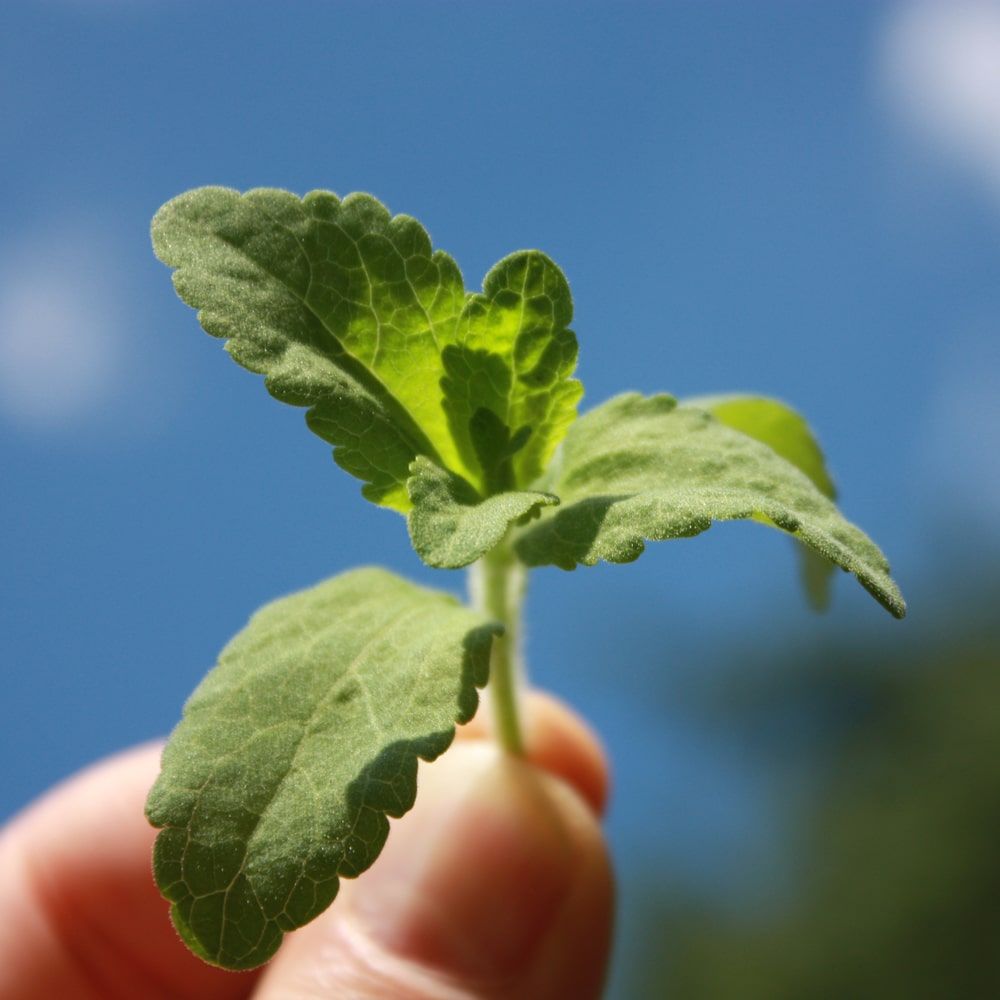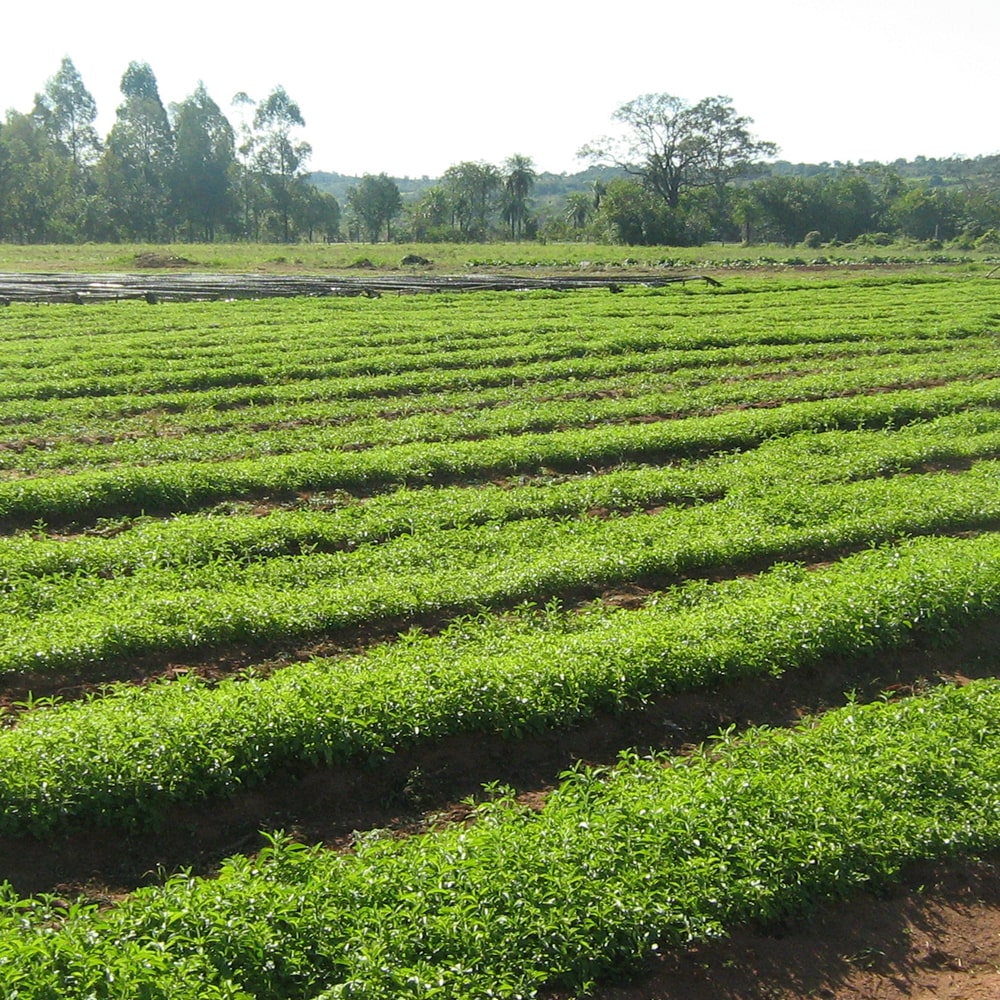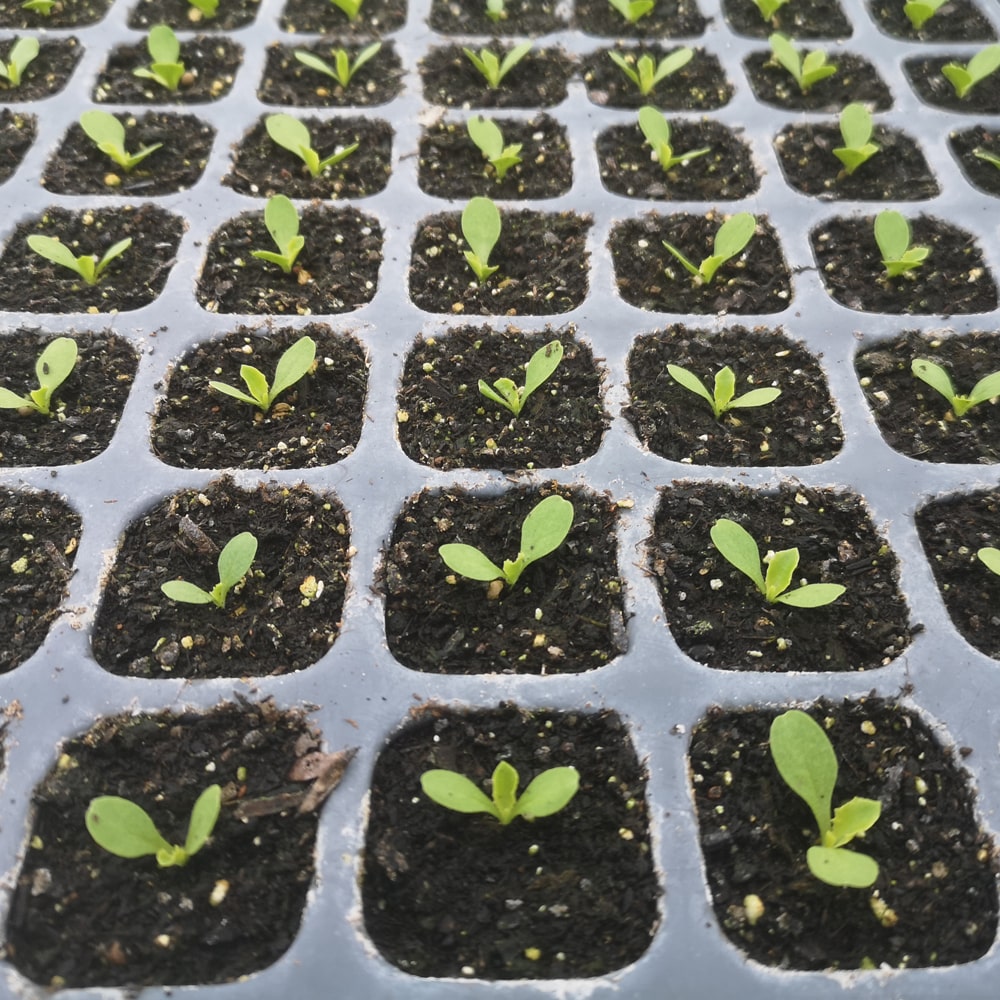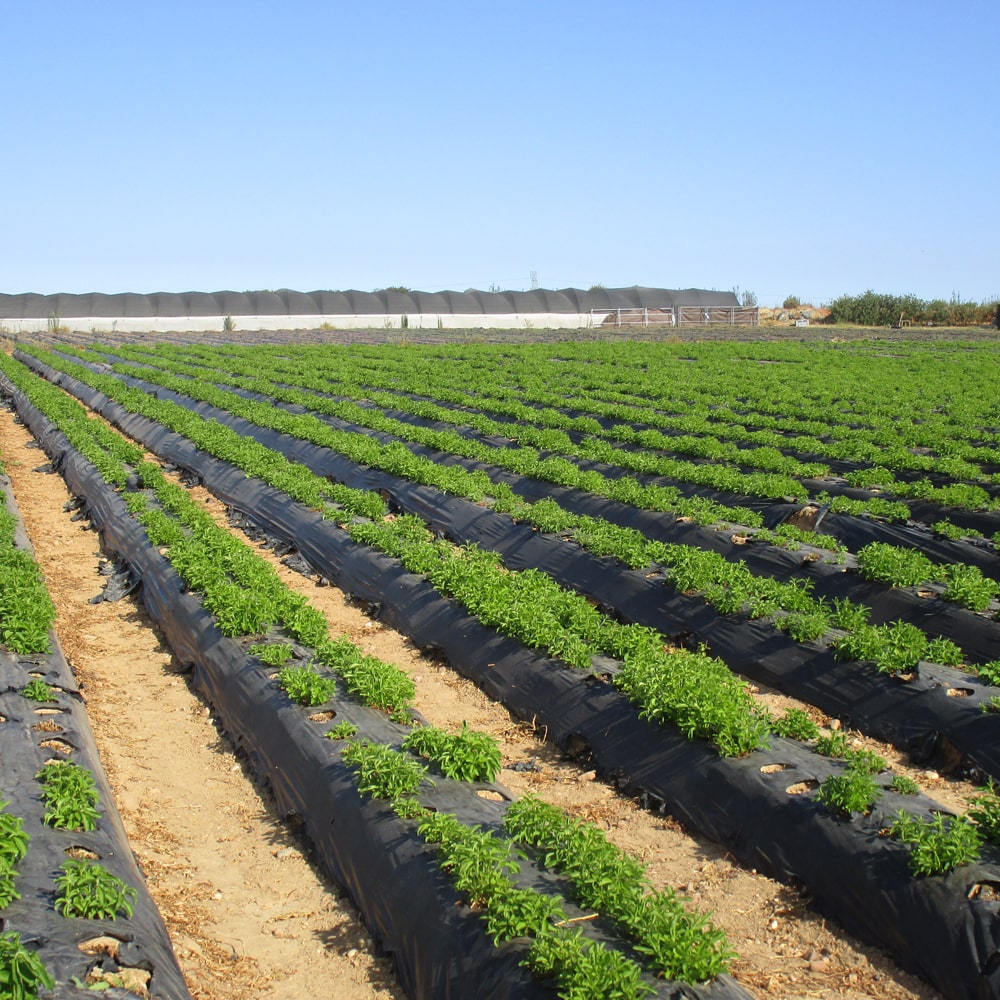
Production and processing of Stevia
The sugar substitute Stevia is a mixture of substances obtained from the plant Stevia rebaudiana. The latter is also called “sweet leaf or honey herb” because of its sweetening power, which is up to 450 times that of sugar. Stevia products contain so-called rebaudioside A, which is non-cariogenic and suitable for diabetics. The plant has been used for centuries as a sweetener and medicine in Brazil and Paraguay, where it was already cultivated in plantations in the early 1990s.
The Stevia plant is native to South America and grows in the Paraguay-Brazil border region. It belongs to the family of perennials and was discovered in 1887 by the Swiss scientist Moises Giacomo Bertoni in the region of the Amambai mountain range. The ingredients of the plant were isolated for the first time in 1900 by the Paraguayan chemist Ovidio Rebaudi.
Stevia has been approved as a food additive (E960) in the EU since 2 December 2011. Even after numerous studies and investigations, no negative effects of stevia on the human body could be found.

A sprout of a young Stevia plant.

Stevia cultivation in a field in Spain.
The cultivation of Stevia
In Europe, mainly Portugal and Spain are among the pioneers of Stevia cultivation and processing. As Stevia rebaudiana thrives very well in the Mediterranean climate, several southern European countries have focused on the cultivation of Stevia. One of the main importers of Stevia is Japan. The island nation covers one third of its demand from abroad. Demand in the USA has increased dramatically, especially since Coca-Cola patented 24 Stevia sweeteners.
The production of Stevia
In the production process, a distinction is made between industrial and traditional methods. The latter involves drying and pulverising the leaves. This powder is then used to make powder extracts, spread sweeteners as well as liquid preparations. In the industrial process, the steviol glycosides, steviosides and rebaudiosides are extracted from the Stevia leaves, similar to the sugar beet. State-of-the-art distillation and extraction equipment is used in this process.

Stevia seedlings in growing pots.

Stevia plantation with young Stevia plants.
Stevia plantation with young Stevia plants.
The largest sweetener producers are located in Japan, China, South America and the USA. In the past, organic solvents were often used to extract and process the steviosides.
Today, new methods are used. Instead of relying on chemical extraction processes, manufacturers of high-quality foods increasingly prefer raw materials from physical extraction processes using CO2 or water extraction.
The advantage of the CO2 extraction process is that it is gentle, antibacterial, high-yielding and does not require heating.
The traditional processing in Latin America was done without distillation or purification plants. Stevia was processed there into extracts, powders, liquid substances or as medicines. In a simple way, the Stevia leaves were dried or powdered.